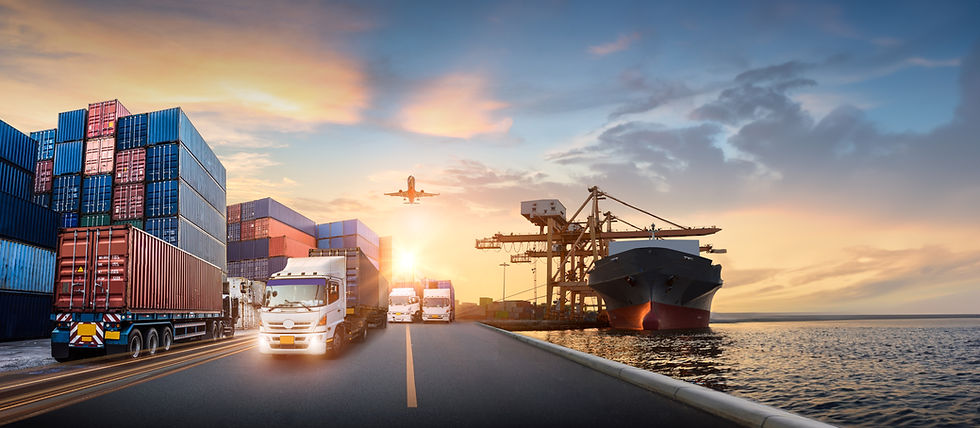Cargo Transport in Europe: Deep dive into the challenges
- Michael Roothans
- 30 jul
- 4 minuten om te lezen
Europe’s cargo transport sector is undergoing a transformative phase marked by rising complexity and strategic urgency. The continent is grappling with fluctuating demand, low water levels, overloaded ports, fragmented regulations, and tightening sustainability mandates.
Successful companies must navigate this intricate landscape with operational resilience, regulatory savvy, and environmental foresight. As logistics experts embedded in the European transport ecosystem, we guide organizations beyond theory—providing real solutions tailored to the current market dynamics.
#1: Structural challenges facing European cargo transport
Major European corridors—including the Rhine and Danube—are facing unprecedented strain. In mid‑2025, sustained heatwaves dropped Rhine water levels so low that barges operated at 40–50% capacity, triggering freight surcharges and prompting split shipments across multiple vessels. Concurrently, ports such as Antwerp, Rotterdam, and Hamburg face acute congestion, with terminal turnaround delays averaging 66–77 hours.
Ports such as Antwerp, Rotterdam, and Hamburg face dramatic delays. Berth-waiting times at Antwerp rose from 32 hours to 44 hours over just a few weeks—a 37% increase. Hamburg saw delays jump by 49%, and Bremerhaven by 77%.
These delays translate directly into costs:
Demurrage and detention fees vary between US 75 and € 300 per container per day, typically charged when cargo is delayed beyond free terminal time.
Disrupted schedules force firms to carry higher inventory buffers, tying up capital and contradicting lean supply strategies.
European road freight volumes continue to rise even as reliable carrier capacity shrinks. A 2025 industry report highlights that demand is increasing while the trucking workforce contracts—exacerbated by aging drivers and insufficient recruitment pipelines.
The highly atomized road‑haulage market lacks scale to drive change alone. Despite some rate declines in early 2025, cost pressures remain high due to fuel, regulations, and divergence between spot and contract pricing.

#2: Sustainability imperatives and environmental regulation
Sustainability in European cargo transport is no longer an aspiration—it's a structured obligation enforced by legislation, market pressure, and shifting capital flows. The Green Deal, Fit for 55, ETS2, CSRD, and IMO frameworks collectively reshape how logistics must operate—across land, sea, and multimodal corridors.
Maritime transport represents approximately 3–4% of the EU’s total CO₂ emissions, equating to ~137.5 million tonnes in 2022. This marks an 8.5% increase over 2021. Methane emissions, largely from ships using LNG, have doubled since 2018. In 2022, methane made up 26% of all transport-related methane emissions.
The environmental cost of slow steaming (20% speed reduction) delivers up to 24% CO₂ savings, 70% less noise, and 78% fewer collisions with marine life—key metrics in upcoming IMO and EU policy (EMTER 2025).
As of January 2024, maritime operators with vessels over 5,000 gross tonnage are required to participate in the EU ETS, covering:
100% of emissions on voyages between EU ports
50% of emissions on voyages to or from non-EU ports
This regulation is phasing in gradually:
40% coverage in 2024
70% in 2025
100% by 2026, with mandatory surrender of verified emissions data and allowances by 31 May each year
The average carbon price on the EU ETS hovers around €85–€95 per tonne of CO₂, meaning a large container vessel could incur €500,000–€750,000 in carbon costs on a round trip between Europe and Asia, depending on fuel and vessel efficiency (European Commission).with broader EU circular economy goals, enhancing resource efficiency and reducing waste

#3: Regulatory complexity in the Benelux
Operating in the Benelux (Belgium, Netherlands, Luxembourg) comes with advantages—but also regulatory intricacies that require seasoned expertise. This section explores four key compliance areas, contextualizing their impact with facts and figures.
4.1 Benelux Harmonization vs EU Standards
The Benelux Union has often led regulatory liberalization ahead of broader EU timelines.
For example:
Benelux carriers may use 44-tonne trucks and transport 45-foot ocean containers across borders—exceeding the EU standard of 40 tonnes and 45‑foot limits, thanks to Article 350 of the TFEU.Cabotage between Belgium, Netherlands, and Luxembourg is completely unrestricted for Benelux-registered carriers—unlike most EU regions where the “3‑in‑7” rule applies.
These innovations position Benelux as a testing ground for freight policy—but safely navigating exceptions demands a deep understanding of both regional and EU frameworks.
4.2 Cabotage rules and cooling-off periods
While regional flexibility exists, companies operating across the EU must nonetheless comply with EU rules when outside Benelux:
Under Regulation EC 1072/2009 (amended 2020), carriers may perform up to three cabotage operations within seven calendar days after completing an international delivery—with a mandatory four-day “cooling‑off” period before returning to the same country for cabotage operations.
In practice, if a truck unloads in Belgium and then does cabotage in the Netherlands, it cannot return to perform cabotage again in Belgium within four days—even if crossing through neighboring states.
Belgian domestic cabotage accounts for about 5.7% of total ton-kilometers, demonstrating active usage—but only by Benelux operators; foreign carriers must strictly observe export/import corridors within cooling-off and country-trip limits. Missteps can lead to fines, delays, or forced returns—undermining efficiency and increasing costs.
4.3 Customs & pre-arrival declarations
As of April 1, 2025, all road and rail carriers must submit Entry Summary Declarations (ENS) under ICS2, providing full cargo data before arrival—non-compliance may result in cargo holds or refusals at border entries.
In response, Belgian Customs has launched the Inbound Release Platform (IRP) to enable real-time data sharing between terminals, agents, and carriers. All major terminals must join by end‑2025. Belgium and the Netherlands have overhauled customs systems (e.g., IDMS, DMS 4.0) in 2024, replacing older legacy platforms. Becoming fully compliant is mandatory for all logistics stakeholders.
These new systems reduce paperwork but raise stakes: incomplete or non-standard data triggers inspection delays and operational uncertainty.
4.4 Dynamic environmental zones & regional variation
Environmental regulation in Benelux is layered:
Multiple low-emission zones exist in Brussels, Antwerp, Ghent, and Dutch provinces—each with specific Euro-class vehicle bans, fee structures, or permit regimes. While cabotage and weight standards are liberalized, environmental zones are strictly enforced regardless of operator origin. Non-compliant vehicles face fines at both road and terminal level.
Divergent implementation timelines—and updates—make it essential to monitor each zone separately, even on routes that cross municipal or national boundaries.


Opmerkingen